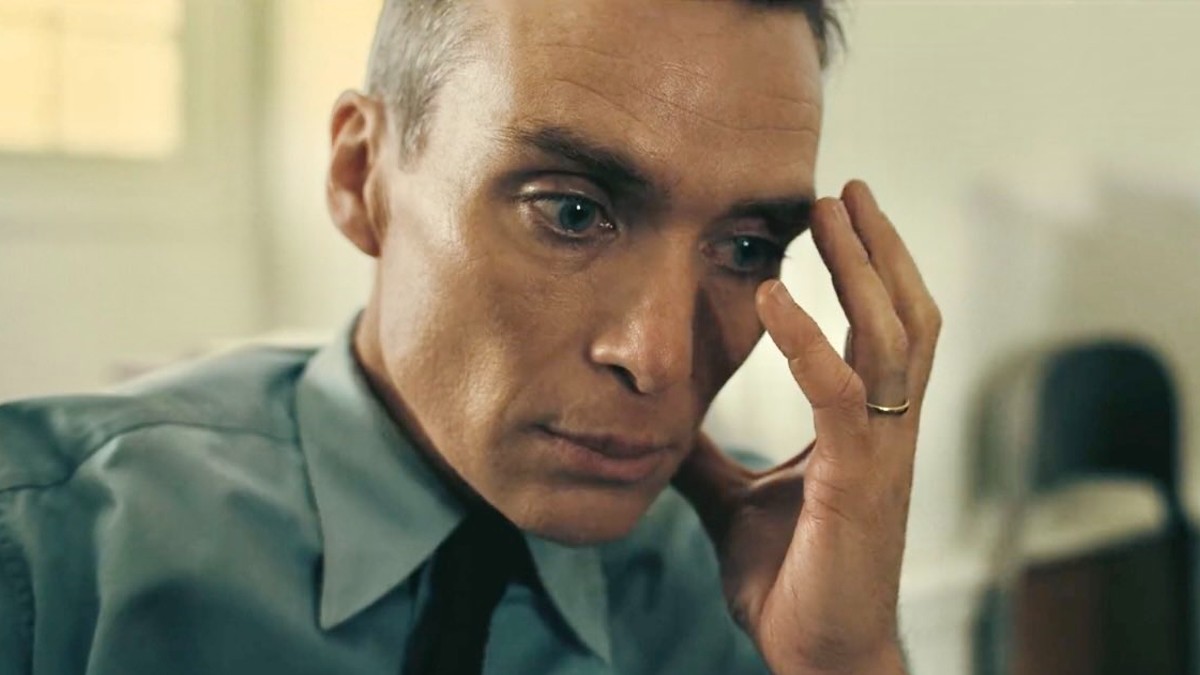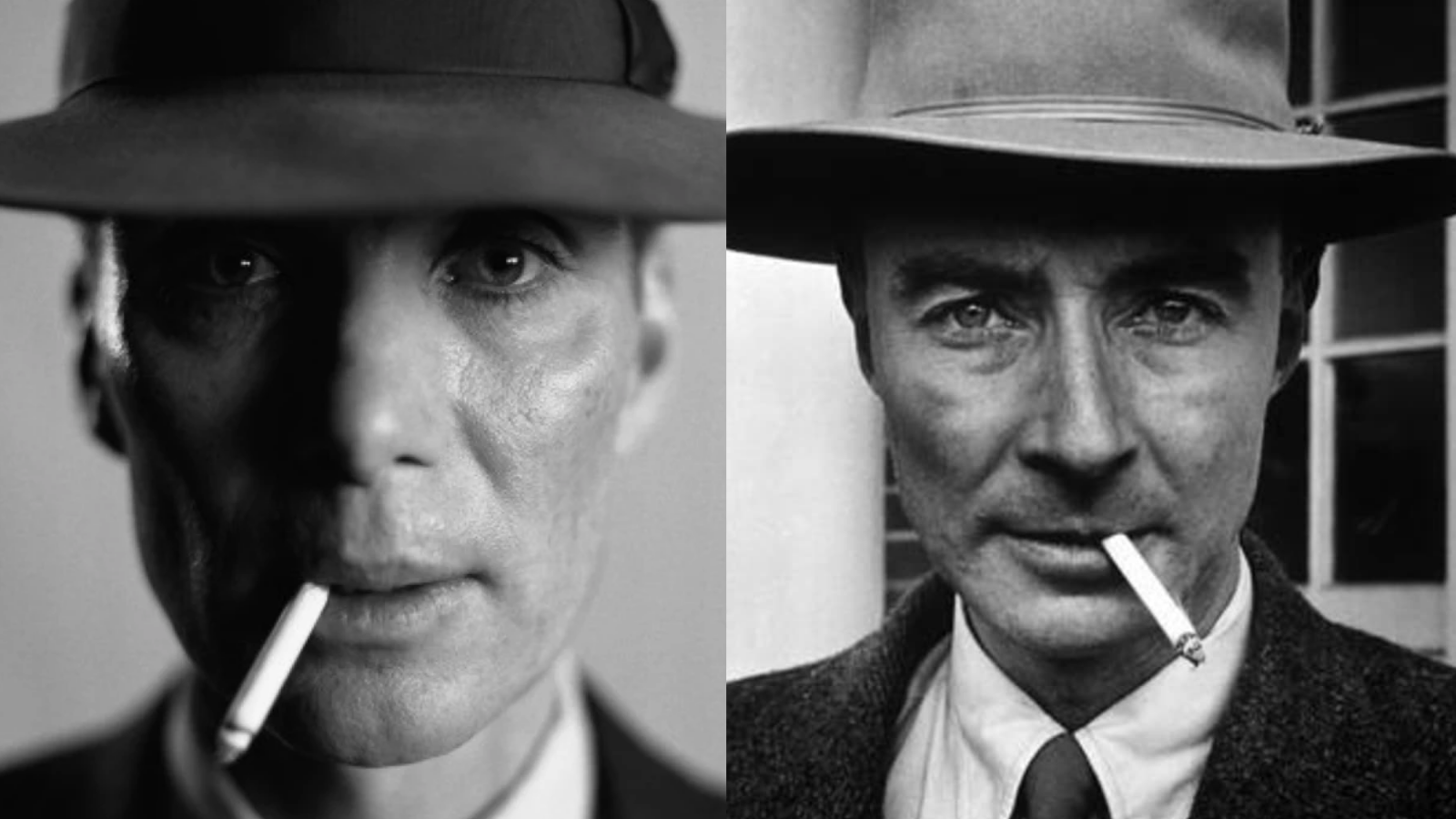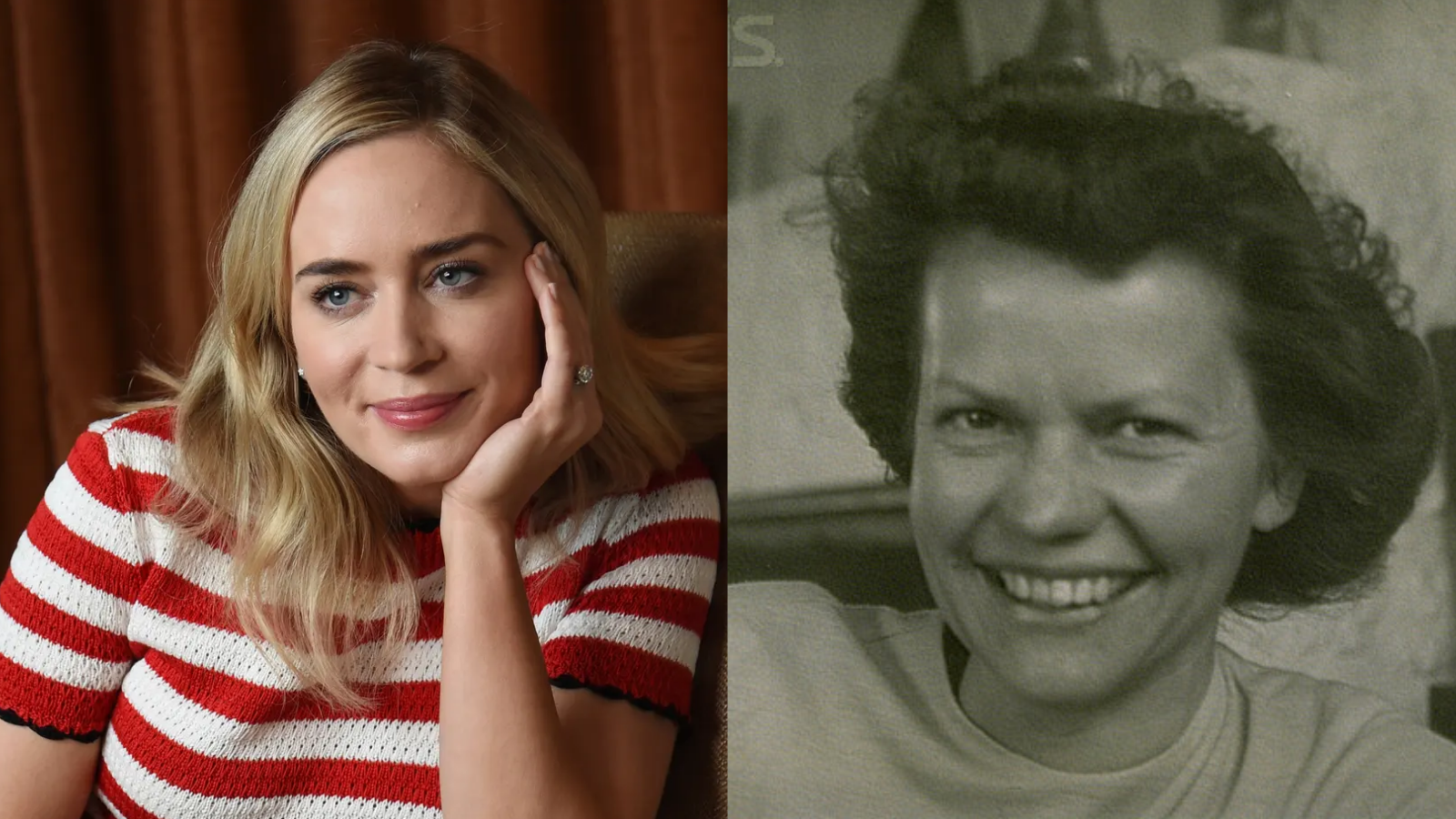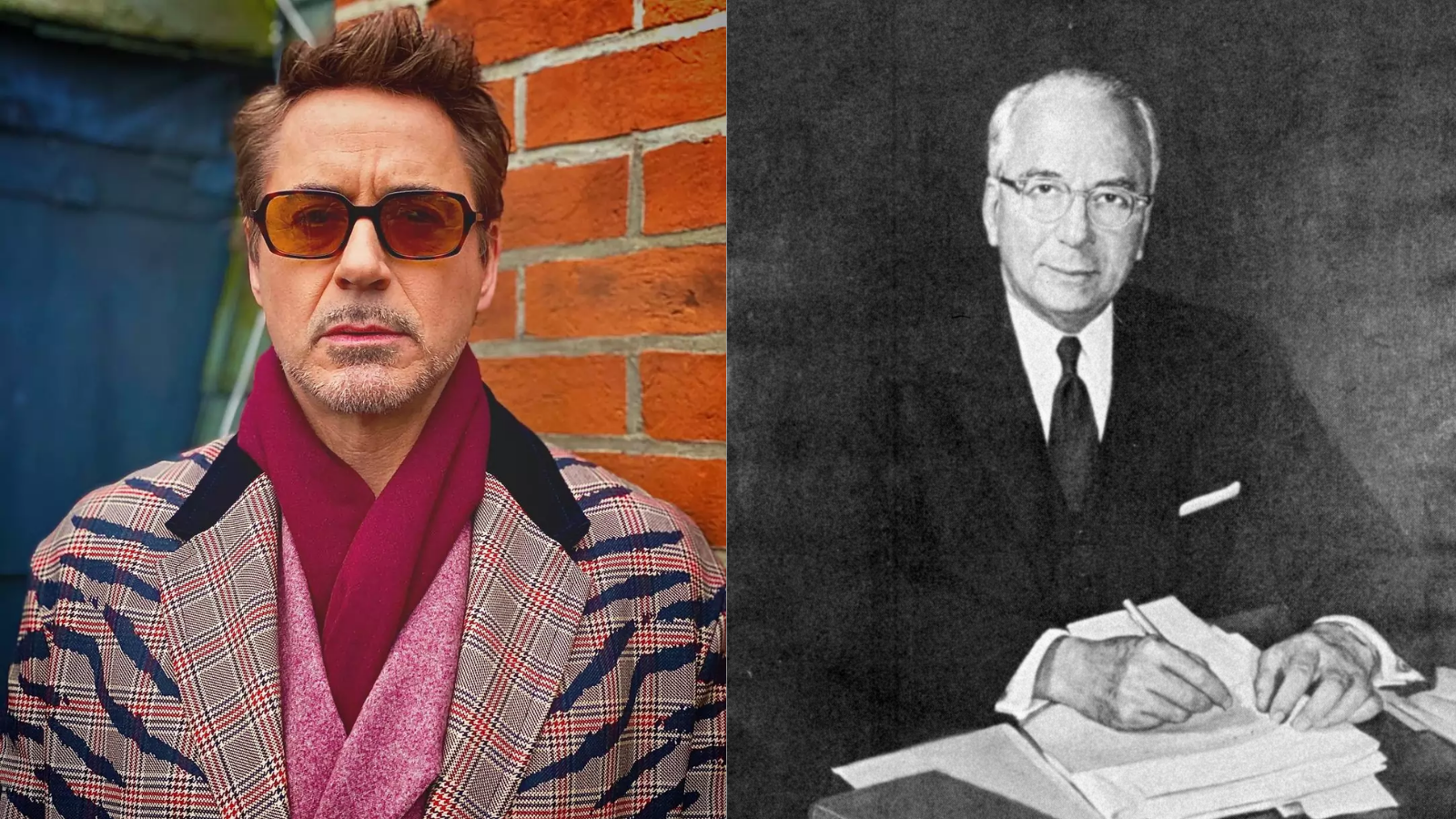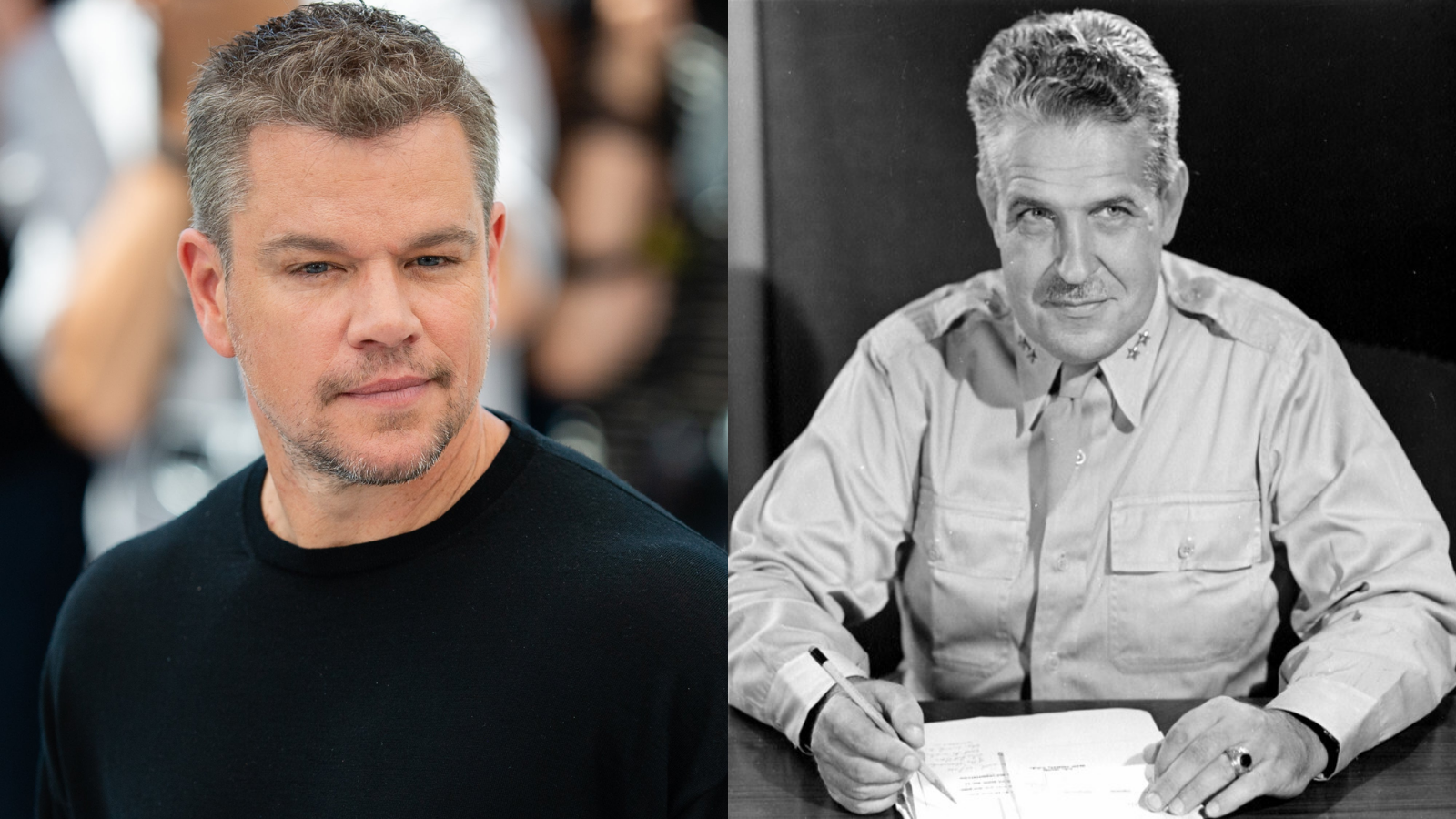Having refused to use any computer-generated imagery in Oppenheimer, it seems clear that Christopher Nolan is taking his filmmaking quirks to a whole new level with this historical biopic, but how is the acclaimed filmmaker justifying the extreme production measures this time?
Oppenheimer will depict the life of the titular father of the atomic bomb, so much like many other Nolan flicks that came before it (e.g. Inception, Interstellar, and even Tenet), the director needed to consult physicists to get the scientific details right. And similar to how he struggled to re-create the Trinity test without relying on VFX, he ultimately decided to go with practical effects when it came to illustrating the atom and the process of nuclear fission.
Apparently, the effects department came up with a lot of ideas like “smashing ping-pong balls together” or “throwing paint at the wall” or even slowing down the frame rate. Nolan doesn’t reveal how they finally got it right — and no, it wasn’t CGI as there’s no CG in the movie — but here’s why he felt compelled to try.
“CG inherently is quite comfortable to look at,” Nolan tells The Hollywood Reporter. “It’s safe, anodyne. And what I said to Andrew (visual effects supervisor) on Oppenheimer is, ‘This can’t be safe. It can’t be comfortable to look at it. It has to have bite. It’s got to be beautiful and threatening in equal measure.'”
And so, Nolan gives us yet another reason to definitely catch Oppenheimer in theaters, perhaps even an IMAX screening if possible.
It’s frankly a little challenging to visualize just what the director has done with only words, so let’s hope that it works the way he intended it when audiences go to watch Oppenheimer on July 21. After they’ve secured a Barbie ticket, of course.

